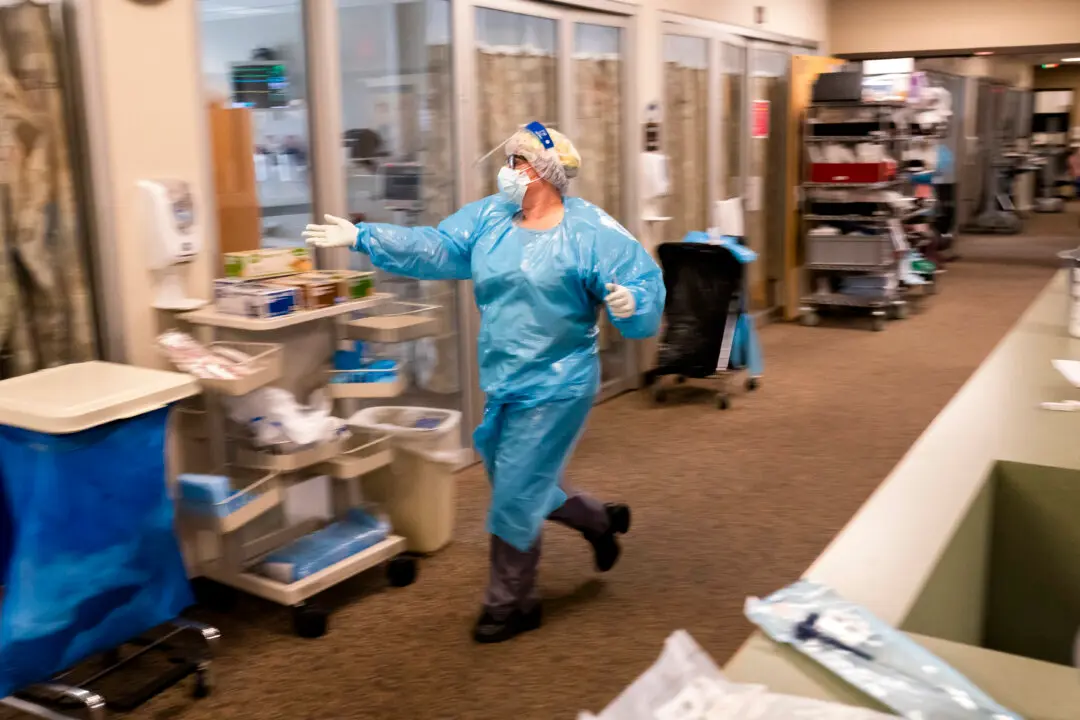A researcher has finally found the Moon crater where the Apollo 16 rocket booster crashed more than 40 years after the fact.
NASA’s Apollo 16 mission was the fifth to land humans on the Moon and have them return to Earth safely. They crashed their Saturn V stage 3 booster onto the Moon' surface as an experiment to allow researchers look into seismic measurements to investigate the interior of the moon. However, the tracking data for the rocket got lost, meaning the location of the crash site and impact crater was never discovered until now.
Jeff Plescia, a physicist from Johns Hopkins University, used high-resolution images to find the missing crater. “I did finally find the Apollo 16 SIVB crater,” Plescia told Inside Outer Space. “It looks like the others, but its position was much more poorly defined since the tracking was lost prior to impact.”






